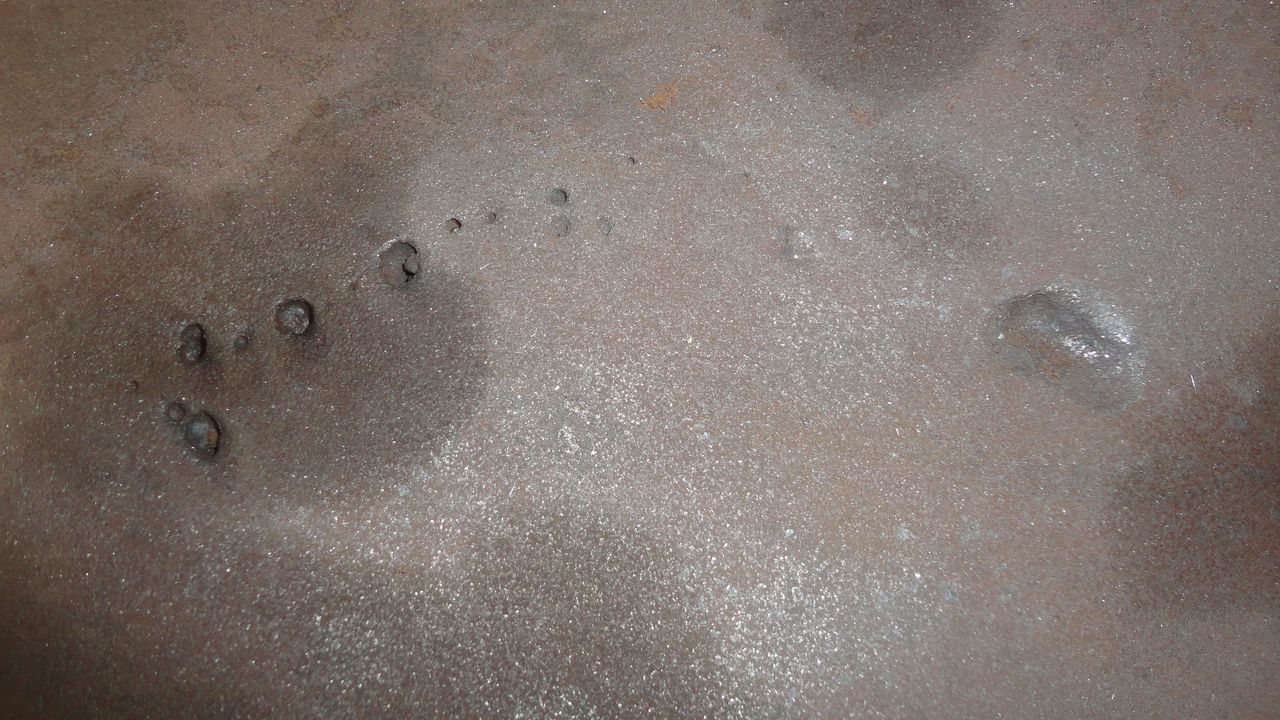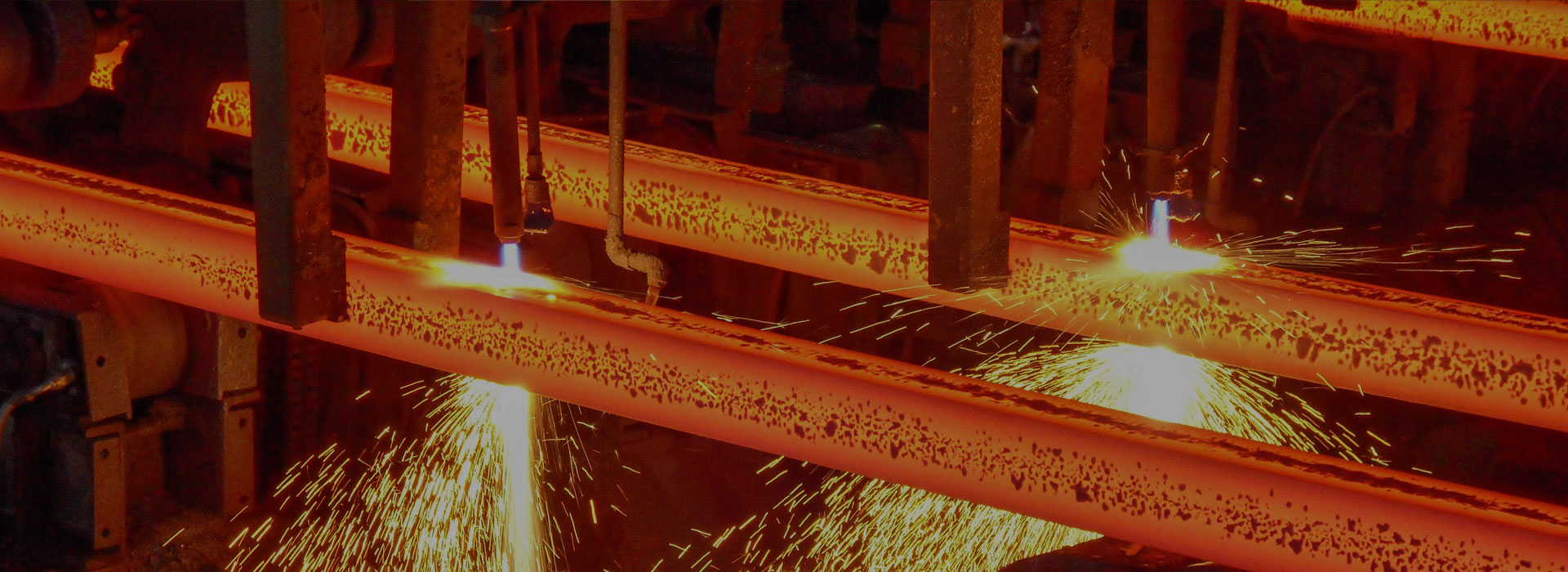How to Deal with Iron Casting Surface Defects
2023-08-10
Iron casting is a widely used manufacturing process in various industries. However, like any other manufacturing process, it is not without its challenges. One common issue that arises during iron casting is surface defects. These defects can affect the quality and functionality of the final product. In this article, we will discuss some common iron casting surface defects and provide effective solutions to deal with them.
1. Porosity:
Porosity refers to the presence of small voids or holes on the surface of the iron casting. It can be caused by various factors such as improper gating system design, inadequate venting, or excessive moisture content in the mold. To deal with porosity, it is important to ensure proper gating and venting systems. Additionally, controlling the moisture content in the mold and using suitable mold coatings can help minimize porosity.
2. Shrinkage:
Shrinkage defects occur when the iron casting undergoes volume reduction during the solidification process. This can result in cracks or voids on the surface. To address shrinkage defects, it is crucial to optimize the casting design and gating system. Providing adequate risers and using proper feeding techniques can help compensate for the volume reduction and minimize shrinkage defects.
3. Inclusions:
Inclusions are foreign materials that get trapped in the iron casting during the manufacturing process. These materials can be sand, slag, or oxides. Inclusions can weaken the casting and affect its mechanical properties. To prevent inclusions, it is essential to use high-quality molding materials and ensure proper cleaning and maintenance of the melting furnace. Additionally, implementing effective quality control measures can help identify and remove any inclusions before they become a significant issue.
4. Surface roughness:
Surface roughness refers to an uneven or rough texture on the surface of the iron casting. It can be caused by factors such as improper mold surface finish, inadequate mold release agents, or excessive sand erosion. To improve surface roughness, it is important to use high-quality mold materials and ensure proper mold surface preparation. Applying suitable mold release agents and controlling sand erosion can also help achieve a smoother surface finish.
Iron casting surface defects can significantly impact the quality and performance of the final product. However, by understanding the common defects and implementing effective solutions, manufacturers can minimize these issues. Proper gating and venting systems, optimized casting designs, and quality control measures are essential to deal with surface defects in iron casting. By addressing these defects, manufacturers can ensure the production of high-quality iron castings that meet the desired specifications and standards.




